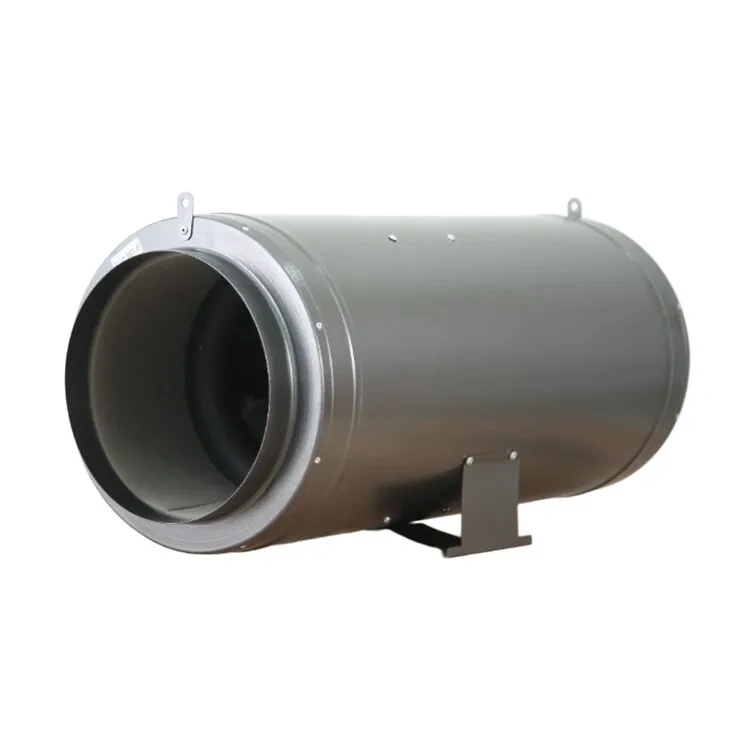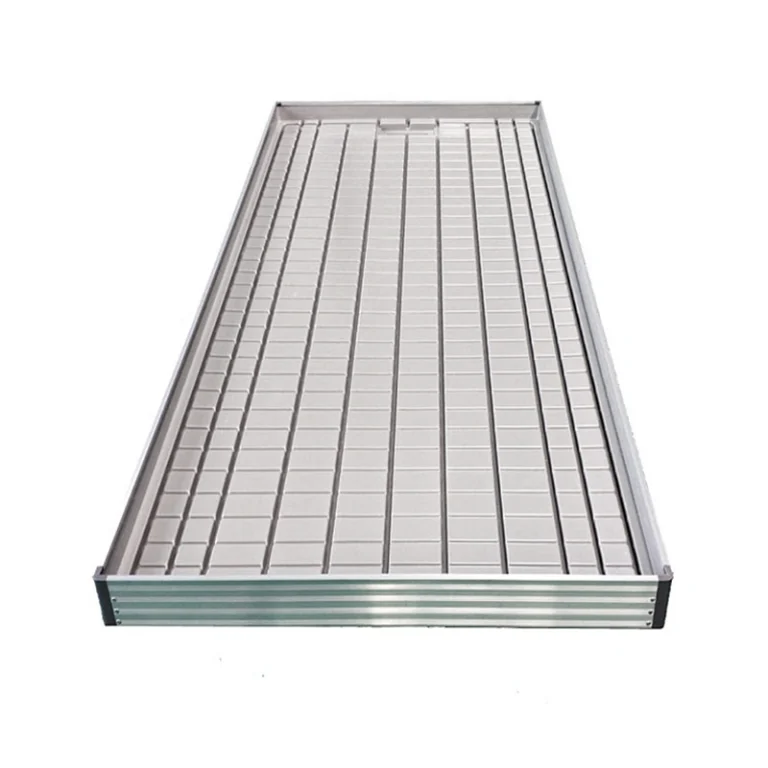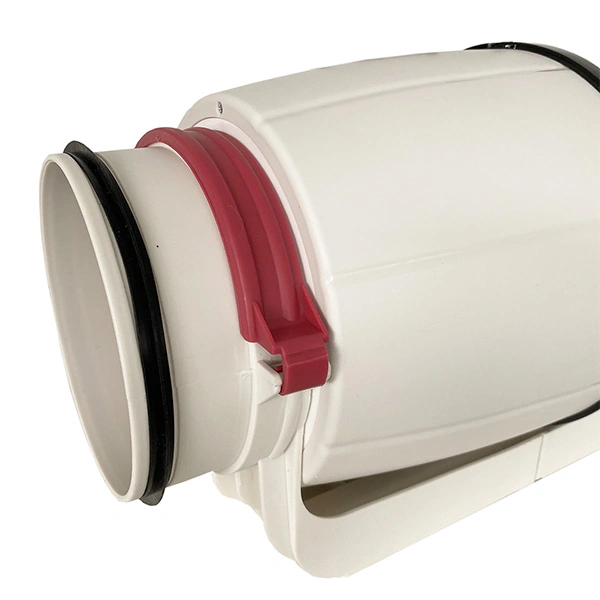Why Is Mold a Serious Threat in Humid Environments?
The Health Risks Associated with Indoor Mold Exposure
Mold grows like crazy in damp, sticky places. It loves humidity. When it spreads indoors, it’s bad news. Tiny mold bits float around. You might breathe them in. This can mess with your lungs. It causes stuff like asthma or sneezing fits. Some folks get sinus problems too. Kids, older people, or anyone with a weak immune system feels it most. If mold sticks around too long, it might make you super tired or fuzzy-headed. That’s a big deal in wet climates.
How Mold Damages Homes and Property Over Time
Mold doesn’t just bug people. It ruins houses. It chews up wood, drywall, even insulation. Over time, this weakens your home’s bones. In damp spots like basements or beach houses, mold can rot beams or wreck walls. Fixing that costs a ton. Plus, it leaves gross stains and stinky smells. Those odors are tough to zap without calling in experts.
Common Signs of Mold Growth in High-Humidity Regions
Catch mold early and it’s a big deal. Smelled something funky? Pay attention. Check for dark spots on walls or ceilings. Paint or wallpaper that’s peeling off? Maybe mold. Windows that are wet indicate too much moisture. If your allergies flare up at home, mold could be lurking. Bathrooms, laundry nooks, or basements are breeding grounds for mold.Corners with bad airflow are trouble spots too.
What Role Does a Dehumidifier Play in Preventing Mold?
How Moisture Control Disrupts Mold Growth Cycles
Mold needs wet conditions to thrive. Keep indoor humidity under 60%, and mold hits a wall. Dehumidifiers suck out extra moisture. This stops mold from setting up shop. It’s like cutting off its food supply. Using a dehumidifier is a smart move. It prevents mold before it becomes a headache.
The Science Behind Dehumidification and Air Quality Improvement
Dehumidifiers are pretty simple. They pull in muggy air. That air hits cold coils inside. Water droplets form and drip into a tank or out a drain. Taking advantage of refrigeration technology, the dehumidifier powerfully removes moisture from the air to decrease the humidity level of the room and keep the indoor air dry and comfortable. Dry air comes out the other side. This kills mold’s chances. It also cuts down on dust mites and other allergy triggers. Your air ends up cleaner and nicer to breathe.
Comparing Ventilation vs. Dehumidification in Humid Conditions
Opening windows lets fresh air in. But in wet climates, outside air is soggy too. Ventilation alone won’t fix it. Dehumidifiers tackle humidity head-on. They dry air no matter what’s happening outside. In tropical spots or by the coast, where it’s always humid, dehumidifiers shine. They keep mold at bay better than fans or open windows.
Are the Most Energy-Efficient Dehumidifiers Effective Against Mold?
What Makes a Dehumidifier Energy Efficient?
Energy-efficient dehumidifiers work hard without guzzling power. They use clever compressors and earth-friendly refrigerants. Built-in timers run them only when needed. Smart sensors check the air’s wetness and adjust on their own. The power consumption of the unit is low. Some have eco settings that slow the fan or stop when the air’s dry enough. This keeps your electric bill in check.
Performance Metrics That Matter: Capacity, Coverage, and Humidity Control
Three things make a dehumidifier great for mold:
- Capacity: How much water it grabs daily, in pints or liters. More is better for wet spaces.
- Coverage Area: The size of the room it can handle. Pick one that fits your space.
- Humidity Control: Lets you set levels, usually 40–50%. Different dehumidification levels can be selected according to different room requirements.
Units with adjustable controls keep humidity steady. This stops mold in its tracks, no matter the season.
Balancing Energy Savings with Mold Prevention Efficiency
You can save energy and fight mold at the same time. New dehumidifiers are built smart. Auto-defrost helps in chilly basements. Timers run during cheap power hours. The dehumidifier operates with a low noise level. You can keep them on all day without breaking the bank. They protect your home and keep things comfy.
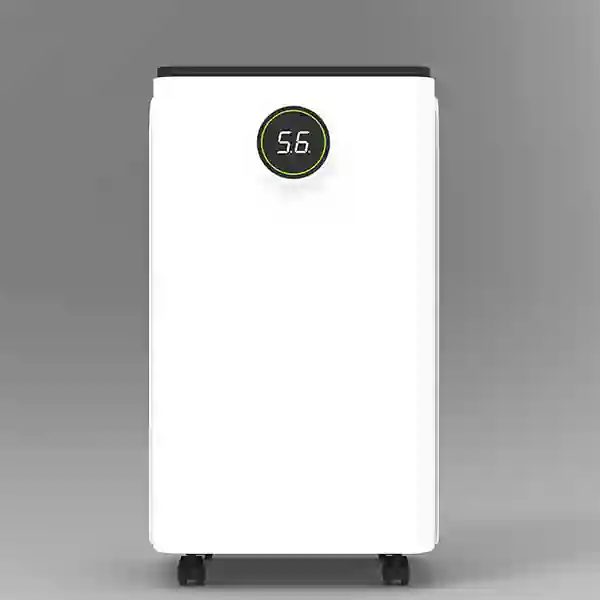
How Is Climate Change Increasing the Need for Reliable Dehumidifiers?
Rising Global Temperatures and Indoor Humidity Levels
The planet’s getting hotter. That means more moisture in the air. Even places that used to be dry are now humid. Mold’s popping up in new spots, not just tropics or coasts. Air conditioners cool things down but don’t always dry the air. Dehumidifiers step up to keep homes mold-free.
Flooding Events and Their Impact on Indoor Air Quality
Storms are wilder now. Hurricanes and flash floods soak homes. Wet walls and floors are mold’s best friends. High-powered dehumidifiers dry things out fast. They stop mold before it grows. After floods, they’re a lifesaver for getting homes back to normal.
Why Energy Efficiency Matters More During Power Grid Strain
Hot weather makes everyone crank up coolers. This stresses power grids. Sometimes, blackouts hit. Energy-efficient dehumidifiers use less juice. They keep running without overloading the system. This saves money and helps the environment during crazy heatwaves.
How Do TIDESTAR’s Energy-Efficient Dehumidifiers Perform in Real-World Scenarios?
Who We Are: Our Commitment to Innovation and Air Quality
At TIDESTAR, we’re all about making homes healthier. We design dehumidifiers that work great and save energy. Our focus is on tough, user-friendly products. We want clean air and happy users, whether at home or in tough conditions.
Key Features of TIDESTAR’s Most Energy-Efficient Models
Intelligent Humidity Sensing Technology
Our dehumidifiers are brainy. They have sensors that watch moisture levels. The machine tweaks itself to save power. You don’t need to mess with it. It just works right.
Low Power Consumption with High Moisture Extraction
The power consumption of the unit is low. Our models pull out 12L to 60L of water a day. They handle small rooms or big, flooded spaces. You get strong drying without a huge power bill.
Whisper-Quiet Operation for Residential Comfort
Nobody likes a noisy machine. The dehumidifier operates with a low noise level. Ours run at just 43dB, thanks to centrifugal duct systems and intelligent DC motors. Enjoy silent and worry-free dehumidification without annoying noise. They’re perfect for bedrooms or quiet living rooms.
Easy Maintenance and Long-Term Durability
Our units are low-maintenance. Auto-defrost stops ice buildup in cold spots. Program the unit to turn on and off automatically. Filters are washable, saving you cash. Different dehumidification levels can be selected according to different room requirements. Wheels make them easy to move. They’re built to last for years.
Application Scenarios Where TIDESTAR Excels
Coastal Homes Battling Year-Round Dampness
Beach houses deal with salty, wet air. Our dehumidifiers fight humidity hard. They stop mold and protect against rust. Your coastal home stays safe and dry.
Basements and Crawl Spaces Prone to Condensation
Basements get soggy fast. Our compact units fit tight spaces. They push air to dry out damp corners. This keeps condensation and mold away for good.
Apartments in Tropical Cities Facing Seasonal Rainstorms
City renters in rainy areas love our portable models. They’re light and easy to shift around. Wi-Fi controls let you adjust them from anywhere. The TIDESTAR New 16/20L Home Air Dehumidifier With WIFI Function brings comfort to your home just when you need it the most.
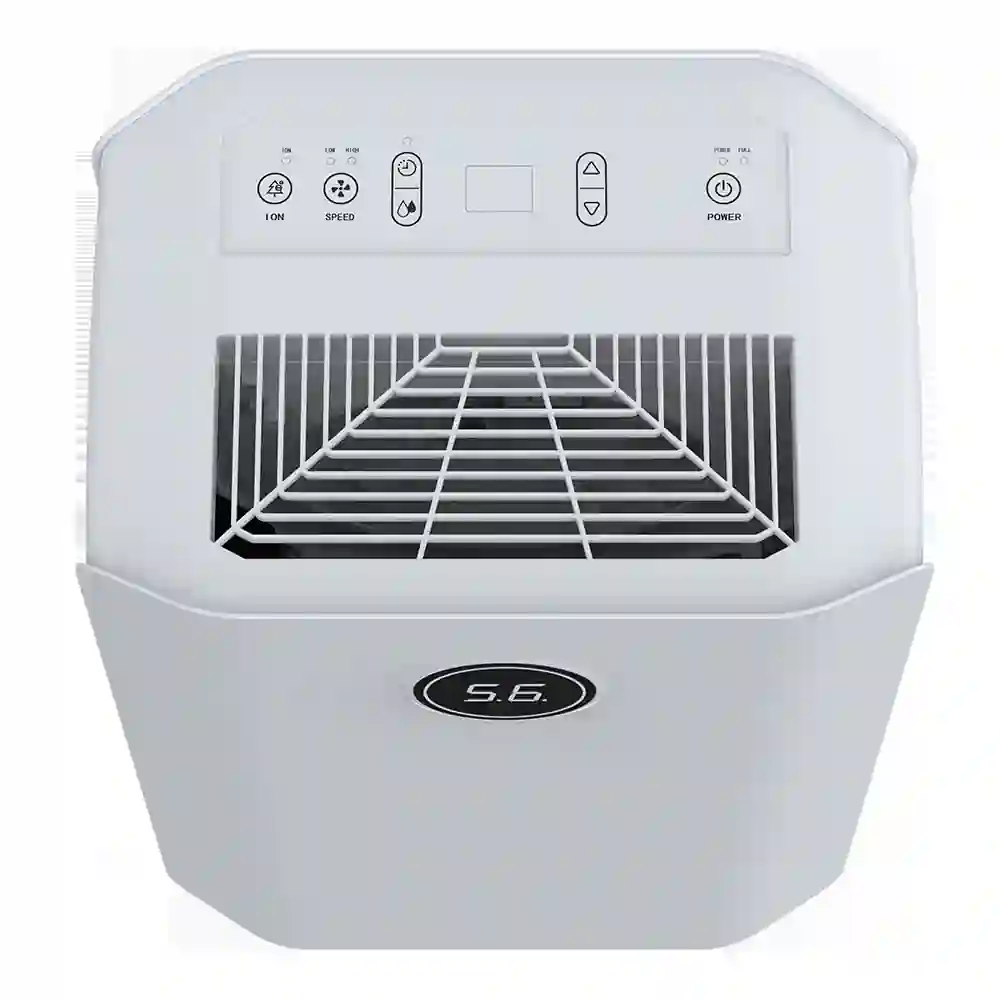
Post-Flood Recovery and Disaster Relief Settings
Floods make mold grow quick. The 60L/day units dry spaces fast. Programmable settings let them run safely on their own. Powerful Dehumidifying Capability Taking advantage of refrigeration technology. They’re a go-to for emergency cleanups.
FAQ
Q: What humidity level should I maintain indoors to prevent mold?
A: Aim for 40–50% humidity. Over 60% lets mold grow like wildfire.
Q: Can an energy-efficient dehumidifier run continuously?
A: Yep. Many shut off automatically when humidity’s good. This saves power during long runs.
Q: Are portable dehumidifiers effective enough for large rooms?
A: They can be. Check the capacity. Big rooms need 50L/day units or a couple of smaller ones.
Q: Do I still need ventilation if I use a dehumidifier?
A: Sure do. Ventilation brings fresh air. Dehumidifiers dry it. Both together keep things fresh and mold-free.
Q: How do I know if my home needs a dehumidifier?
A: Wet windows, musty smells, mildew spots, or bad allergies are signs. They mean your air’s too damp.

